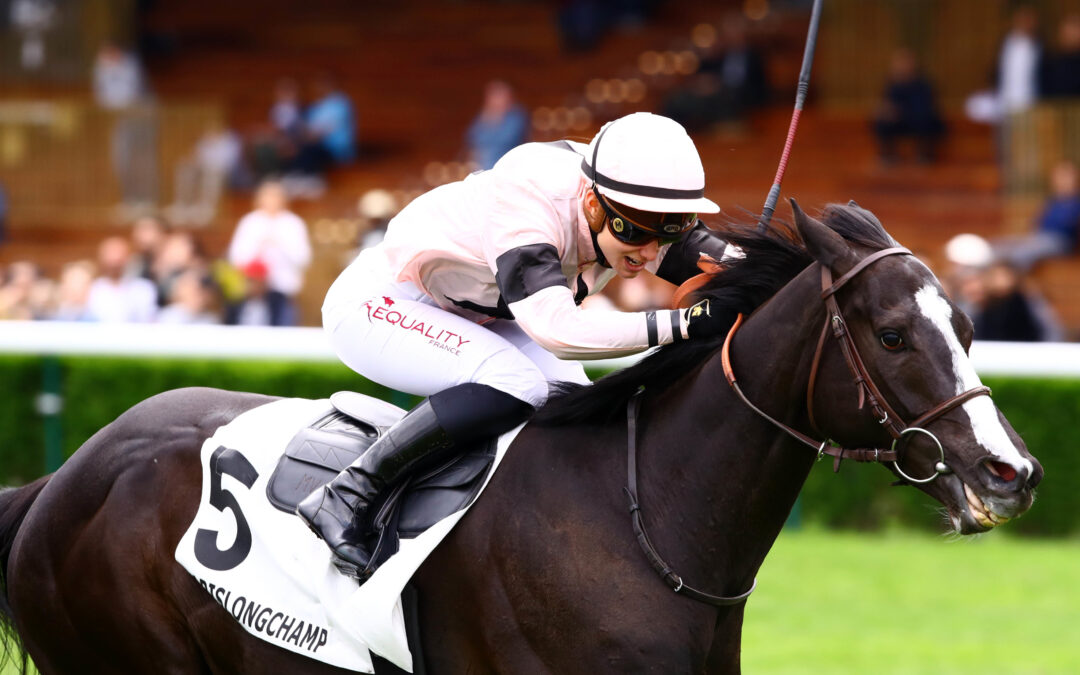Muscle contractures in sports horses are a major concern for owners and equine health professionals. These muscle problems can have a significant impact on a horse’s sporting performance and well-being.
However, thanks to advances in equine health technology, we now have innovative solutions to better manage and prevent muscle contractures.
What are the different causes of muscular contractures in horses? What are the associated risks? How can different technologies help to manage and prevent this problem?
Muscle contractures in sport horses
Muscle contractures in sports horses usually occur as a result of excessive strain, repetitive stress or injury. These issues may appear in a variety of muscle groups, including back, limbs and neck. Common signs of muscle contractures include stiffness, tenderness, lameness, reduced performance and behavioural changes.
Risk factors for muscle contractures include:
Several factors can contribute to the development of muscle contractures in sport horses:
Genetic and hereditary factors can cause muscle contractures in horses. For example, horses with joint hypermobility syndrome – Ehlers-Danlos (EDS) – are also at increased risk of muscle contractures.
Physical and emotional stress can also cause muscle contractures in horses. These include overtraining, repeated trauma, inappropriate living environments and lack of socialisation.
Poor posture can also cause muscle contractures, due to unsuitable equipment, an ill-fitting saddle or poor riding technique. Muscles that are constantly working in inappropriate positions can become stiff and painful.
Finally, the horse’s anatomy and muscular structure play a significant role in predisposing it to contractures.
Symptoms of muscle contractures:
Recognizing the signs is critical for preventing muscular contractures in their early stages. Muscle stiffness (muscles may feel tight and unpleasant to the touch), diminished flexibility (which can cause discomfort during exercising), sensitivity to touch, imbalance or lameness, and behavioural changes (irritability or anxiousness) are some of the symptoms.
How can muscle contractures be managed using technology?
The treatment of a muscle contracture in a sport horse will depend on the severity of the contracture and the veterinarian’s suggestions. Rest is essential to promote healing of the affected muscle, and technology offers new solutions to optimise its management:
Shockwave therapy – sound waves that stimulate the healing of damaged muscle tissue – promotes blood circulation, reduces inflammation and helps resolve muscle contractures.
Infrared thermography – a non-invasive technique that detects temperature variations on the surface of the horse’s body – can be used to identify areas of muscle tension and assess the severity of contractures.
Finally, electrotherapies – such as Electrical Neuromuscular Stimulation (ENMS) – are commonly used to treat muscle contractures in athletic horses. These techniques use controlled electrical currents to reduce pain, promote muscle recovery and improve muscle function.
In some cases, the vet may prescribe medication to relieve the pain and reduce the inflammation associated with the muscle contracture. This may include non-steroidal anti-inflammatory drugs (NSAIDs) or other appropriate medications.
How can technology help prevent muscular contractures?
Preventing muscular contractures is essential to maintaining the muscular health of sports horses. Technology offers effective solutions for minimising the risk of contractures and preventing their occurrence.
On-board sensors such as EQUIMETRE can monitor and analyse horse training. They can be used to assess the horse’s ability to withstand a certain type of exercise. In particular, these performance monitoring technologies can help to individualise each horse’s training, so that it develops at its own pace and maintains its physical integrity. This takes account of the horse’s specific needs, reducing the risk of muscular overuse and contractures.
Specific preventive measures can help to avoid muscular contractures in horses. As with human athletes, horses need a proper warm-up before starting any intense physical activity. Proper relaxation is essential to increase blood circulation, warm up muscles for exercise and maintain flexibility and muscle mobility. Horses should be trained gradually to avoid muscular overload.
A balanced diet and adequate hydration are essential for healthy horse muscles. Horses must always have access to fresh water and their diet must be rich in proteins, vitamins and minerals.
Conclusion
Muscle contractures in sports horses are problems that can compromise their performance and well-being. However, thanks to advances in equine health, several management and prevention options exist and have been shown to be effective in the treatment of muscle contractures.
In addition, using technologies such as onboard sensors enables proactive prevention. By integrating these tools into management and training protocols, it is possible to optimise and individualise the muscular health of horses and improve their sporting performance sustainably.
SOURCES:
Casanova, M. (2022). Le syndrome Ehlers-Danlos chez l’animal : présentations cliniques, défauts histologiques et anomalies génétiques connues dans les différentes espèces. dumas.ccsd.cnrs.fr, [online] p.84. Available at: https://dumas.ccsd.cnrs.fr/dumas-03970706
VALBERG, S.J., MICKELSON, J.R., GALLANT, E.M., MACLEAY, J.M., LENTZ, L. and CORTE, F. (2010). Exertional rhabdomyolysis in Quarter Horses and Thoroughbreds: one syndrome, multiple aetiologies. Equine Veterinary Journal, 31(S30), pp.533-538. doi:https://doi.org/10.1111/j.2042-3306.1999.tb05279.x.
Lentz, L., Valberg, S.J., Mickelson, J.R. and Gallant, E.M. (1999). In vitro contractile responses and contracture testing of skeletal muscle from Quarter Horses with exertional rhabdomyolysis. 60(6), pp.684-8.
Keywords: muscular contractures, EQUIMETRE, electrotherapy, infrared thermography, etc.

